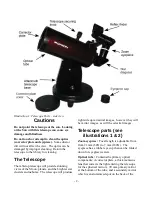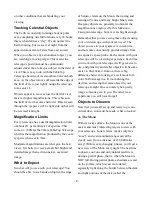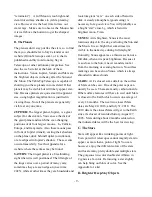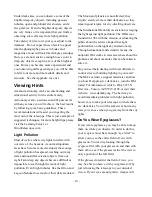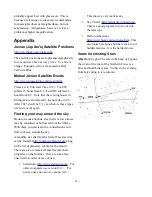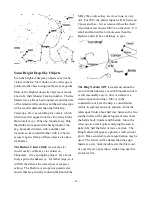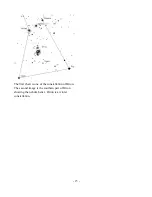
The
Great
Hercules Globular Cluster, M13
is the finest
globular star cluster in the northern hemisphere of
the sky. It is visible from late spring to early
autumn. Globular star clusters have populations
of hundreds of thousands of stars. They date back
to the origin of the Milky Way of ten or a bit more
billion of years old. There are only about 150 of
these that belong to the Milky Way. M13 is
visible in binoculars on the western side of the
Keystone pattern of stars, about one third the
distance from the north star on that side to the
south side. It takes a much larger telescope to see
individual stars. The star cluster will be a large
circular glow. M92 is another star cluster which
is dimmer and will be quite a challenge to find
The Great Orion Nebula, M42
is the brightest
nebula or cloud of gas in the sky. It is a place
where stars are forming. It looks like a glow
around a tiny clutch of four stars called the
Trapezium, which appears as one of the stars in
the center of a line of three stars that is the sword,
hanging down from Orion's belt.
- 14 -
Summary of Contents for StarMax 90
Page 16: ......


